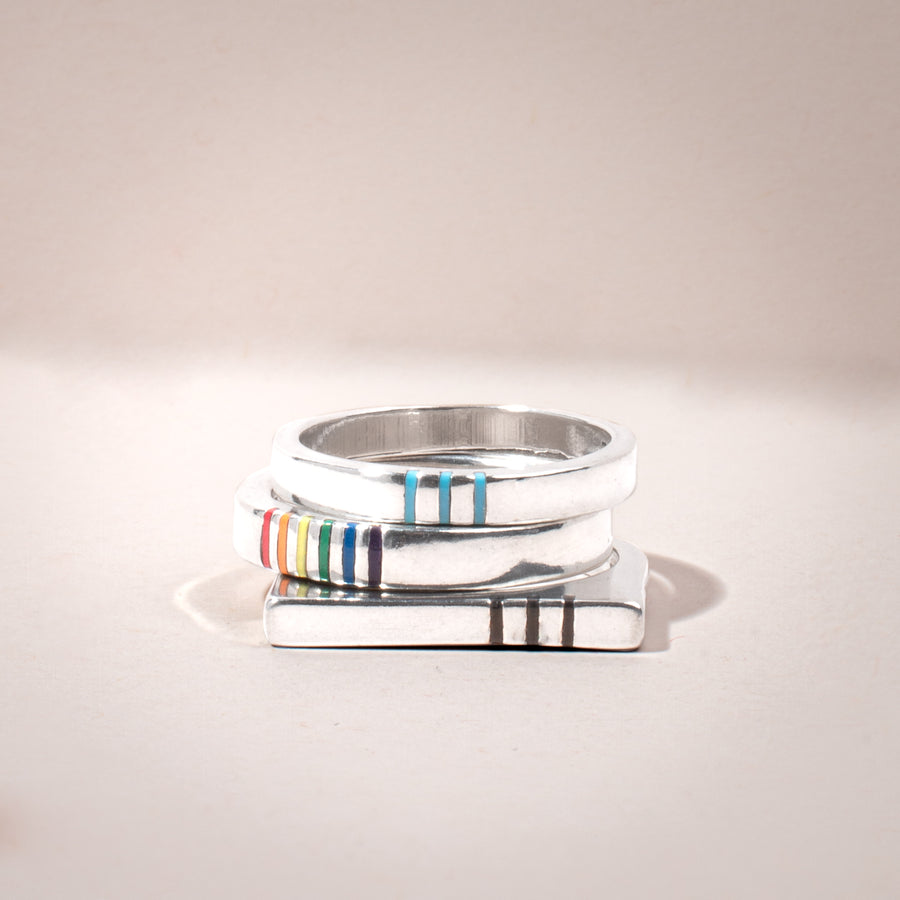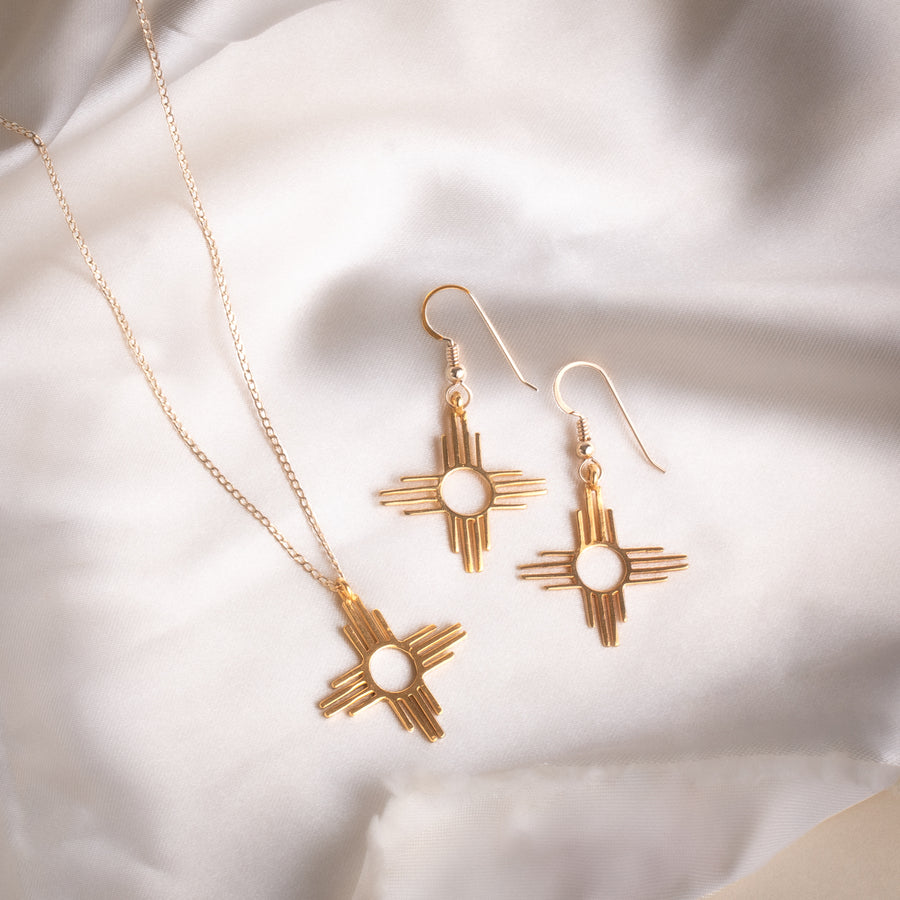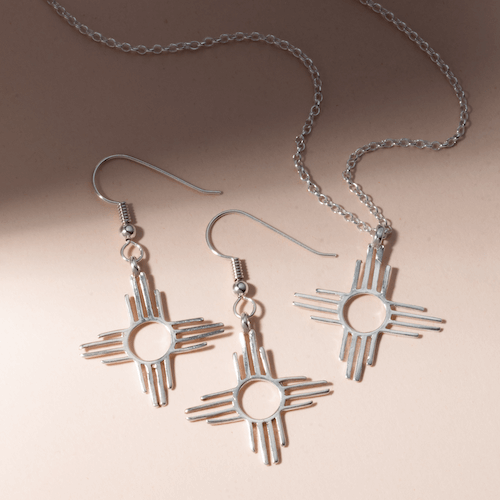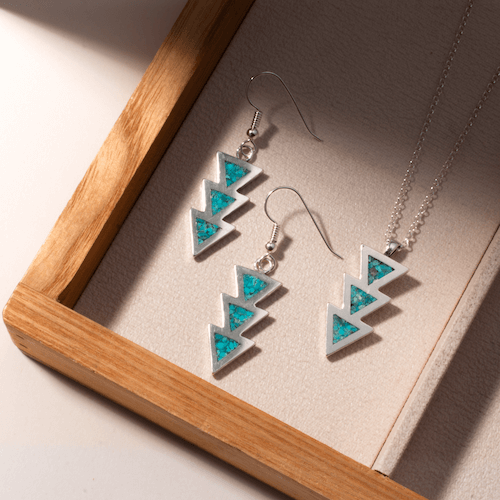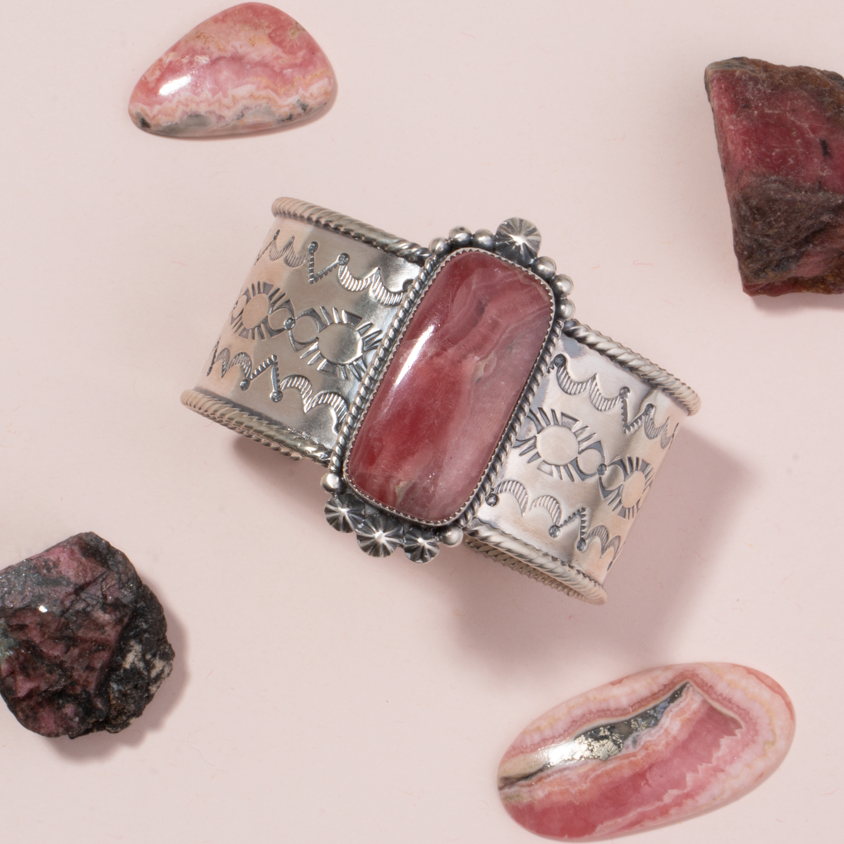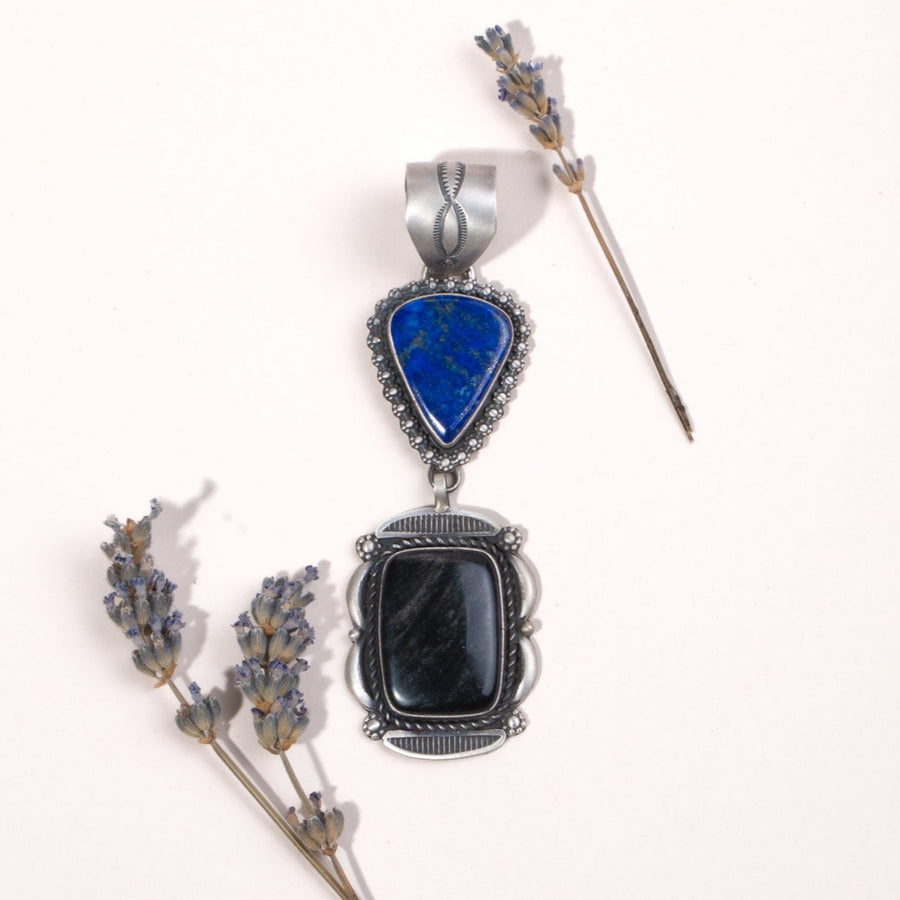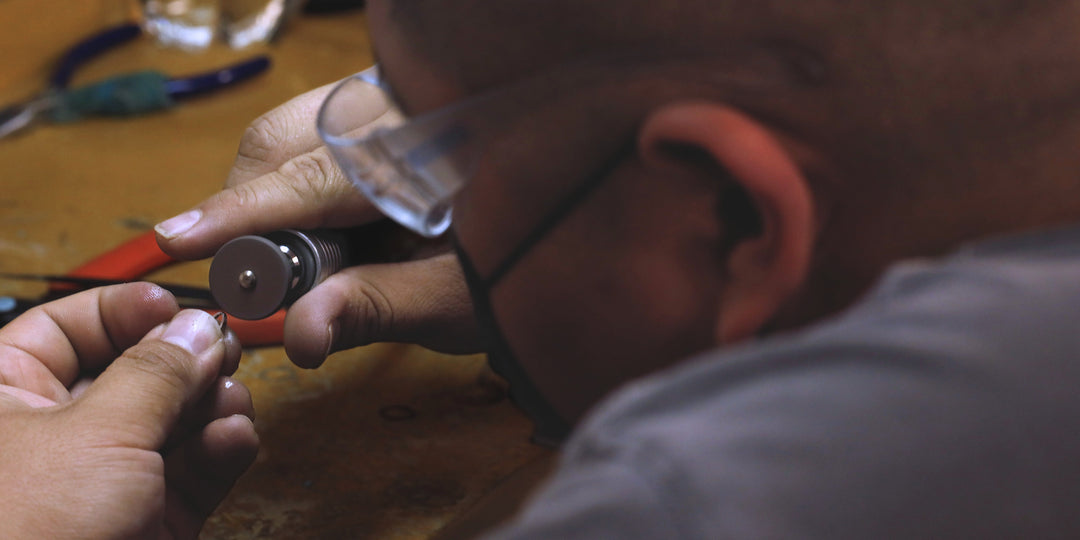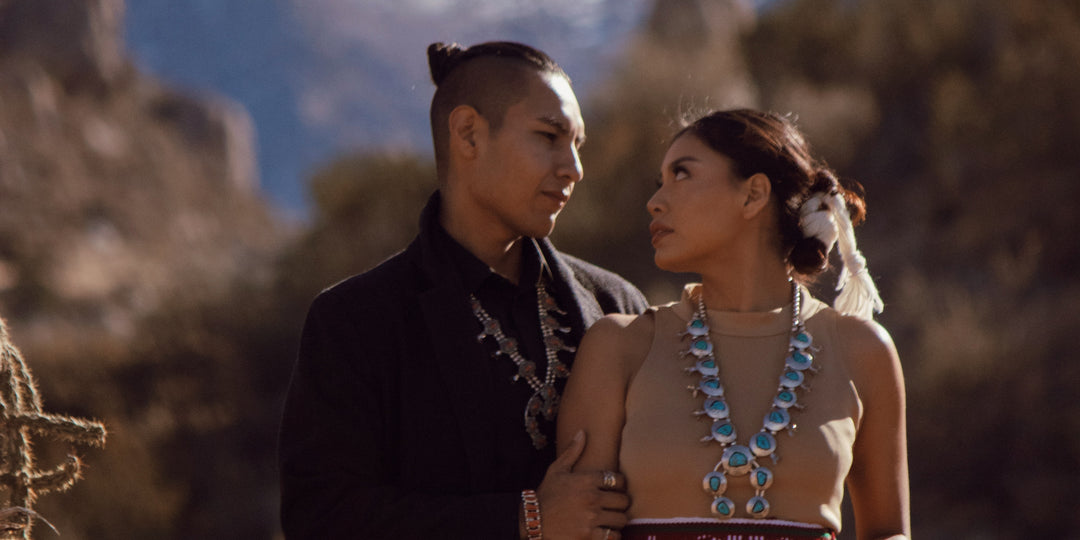Preserving Ancient Native American Cultures
I held her for only a moment, but the impact of seeing her has lasted years. Someone’s tender love had wrapped her in a turkey feather blanket before burial nearly eight hundred years ago. What had not been so tender or loving was her removal from where she lay. Rather than a covering of a warm blanket, her tiny remains had been tagged and shelved in a harsh metal cabinet as if her only significance was as one more interesting relic from the past.
The treatment of human remains found in archaeological sites is only one of the issues left from a past history of exploration which uncovered a great deal of what we know about the pre-historic Southwest. Early explorers, and locals who were little more than pothunters, were fascinated with the items they found in the abandoned pueblos, pithouses and cliff dwellings. They took what they found, including the remains of the people who lived in those places, and put them on display. Or they collected them on museum shelves.

The one thing they did not often do was to take into account the descendants of those people. They looked at the pottery, jewelry and other artifacts but didn’t listen to the stories and beliefs of the tribes around them. Some of them did not even make the connection between the ancient peoples and the ones they could see and interact with every day. And those tribes had little input into what happened to the items their ancestors left behind. For a long time, Native Americans in the southwest could not control the physical items or the stories being connected with them. Years of lobbying the government for respect and input into how their culture was perceived brought about a very important change in the way the past was curated.
The Native American Graves Protection and Repatriation Act, written to acknowledge the rights of Native American tribes to ownership of historic and pre-historic items of cultural and spiritual significance, became law in 1990. This act covers items held by any federal agency and all museums and repositories which receive federal funds. Agencies holding any of the objects covered under the act were required to create inventories of those items and consult with the tribes who were found to be associated with the pre-historic people who created them.
Items covered under the law are human remains and any associated funerary objects, unassociated funerary objects, sacred objects and objects of cultural patrimony. Funerary objects are the items found in burial sites, with associated ones being objects found with human remains. Unassociated funerary objects are ones believed to have been part of a burial but the remains are no longer with them. Sacred objects and objects of cultural patrimony refers to objects which promote the beliefs or the culture of the group as a whole and which are important to the preservation of those beliefs.

One of the main components of the law was the establishment of what was called cultural affiliation. Tribes who wished to have the objects and remains returned to their care had to meet the guidelines to establish cultural affiliation with the ancient sites. To do so there must be evidence of “a relationship of shared group identity which can be reasonably traced historically or prehistorically between a present day Indian Tribe or Native Hawaiian organization and an identifiable earlier group”.
For the tribes the act was an important step in the preservation of their culture. No longer would the bones of their ancestors be exhibited with dinosaurs and other fossils. Objects important to their most sacred religious ceremonies would no longer be placed in inaccurate exhibits or left to molder on museum shelves. With the passage of this act, the tribes themselves would have input into the way their culture was presented to the public. They would also begin to express their sacred beliefs through the objects created for such a purpose.
As someone involved in the care of these objects, it was a very emotional sight for me to watch the tribal members react to the items long held apart from them. To have the Hopi representatives come and “feed” the objects in our care according to their beliefs was deeply moving. To know they would be allowed to continue to care for the sacred items created by their ancestors instead of having them left in a museum drawer was a source of satisfaction.

Reburial of the human remains, including the baby who had so moved me, was handled in a respectful and beautiful ceremony, away from the public view. Those people whose resting places had been disturbed so long ago were returned to the earth in a spot where they can remain in peace for many years. They were treated as human beings instead of objects and the hope is that this return to respect will allow for greater communication between the tribes and those around them. Thanks to NAGPRA, the tribes can now tell their stories themselves and preserve the beauty of their culture for the next generation.
Resources:
http://www.usatoday.com/story/news/world/2013/04/12/native-american-artifacts-paris-court/2076687/
http://www.nps.gov/archeology/tools/Laws/nagpra.htm
http://www.yakimaherald.com/news/lateststatenews/1358676-8/tribes-renew-their-claim-to-ancient-kennewick-man
http://www.corpsesofmassviolence.eu/category/field-notes/
